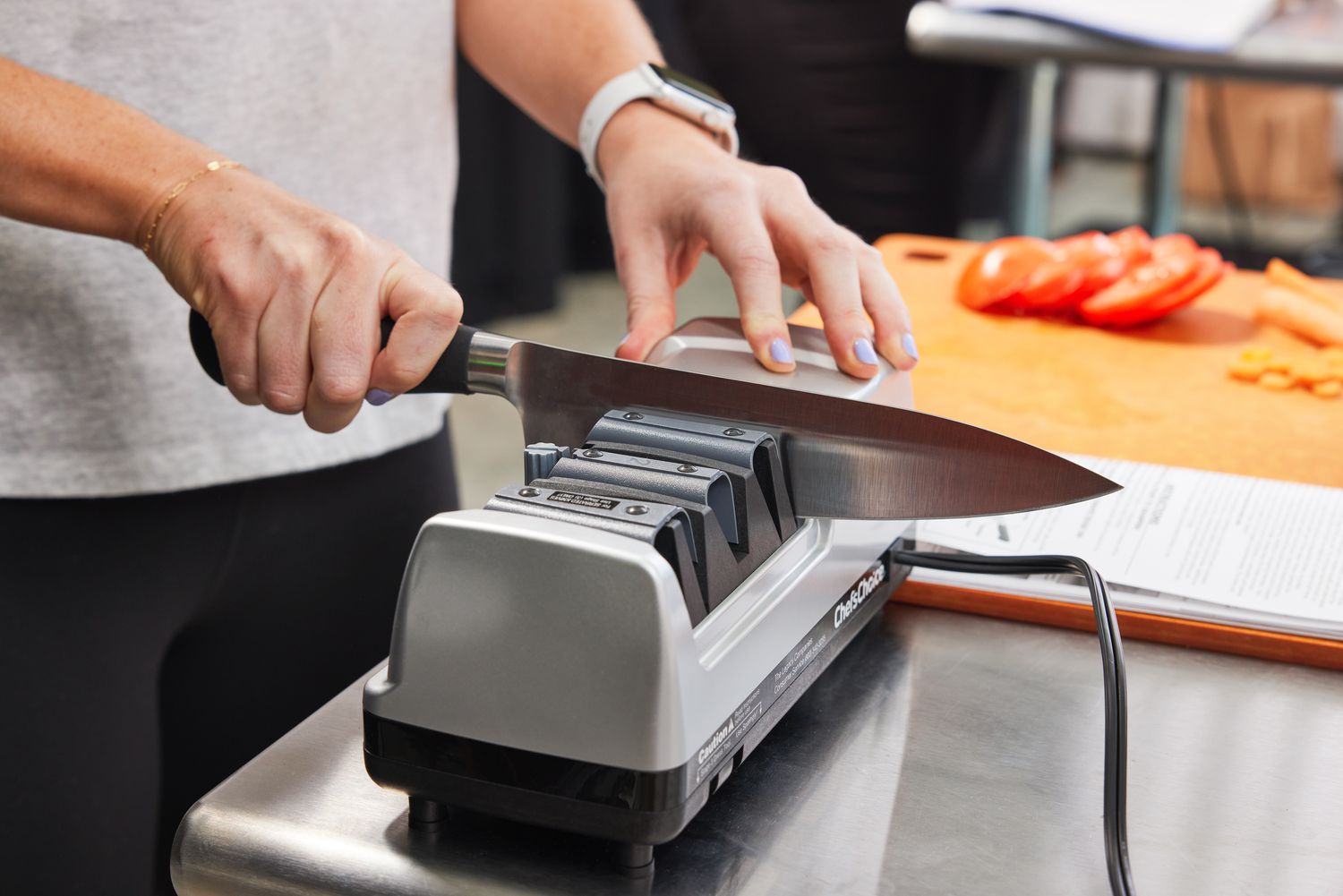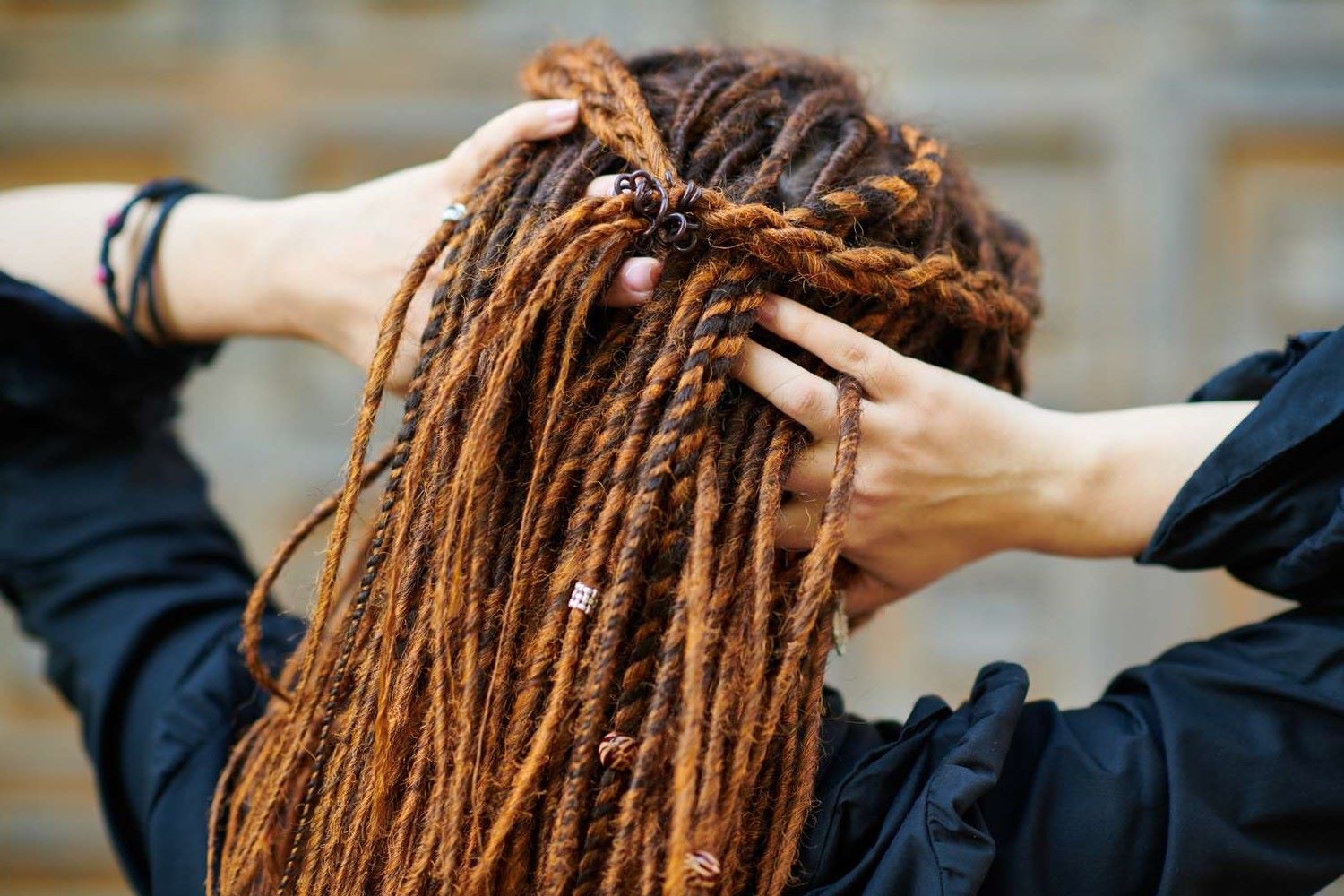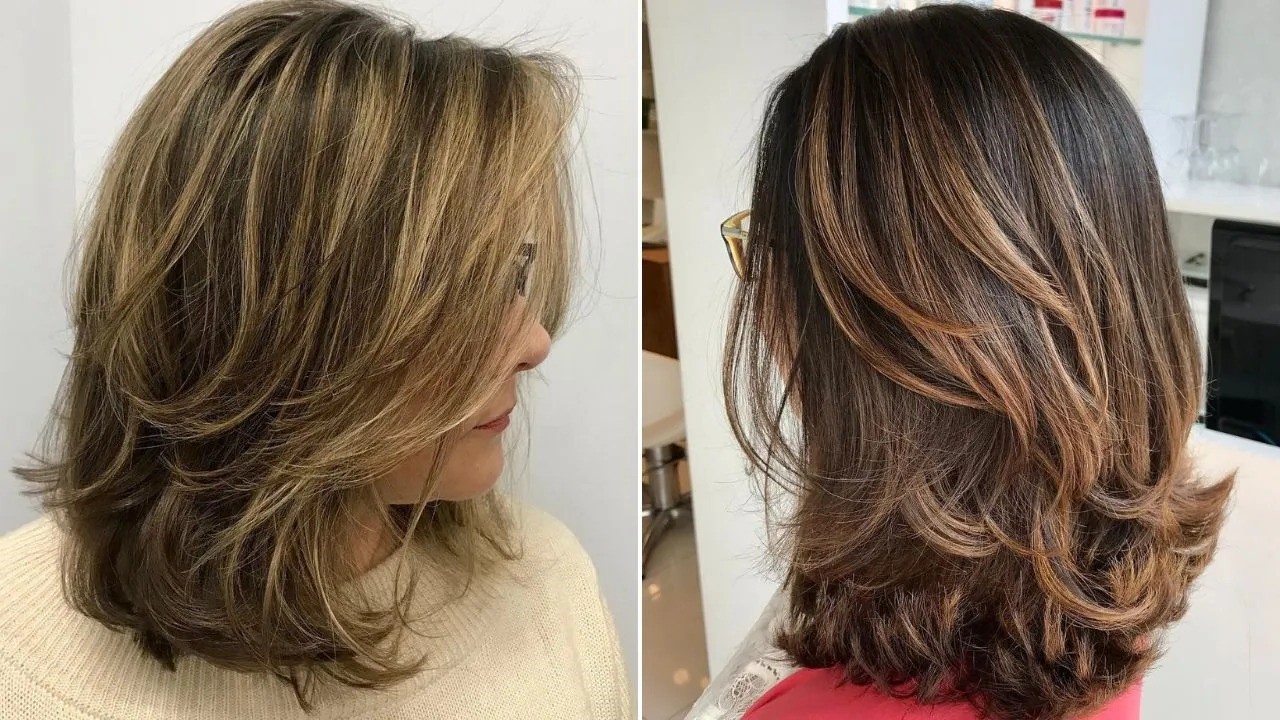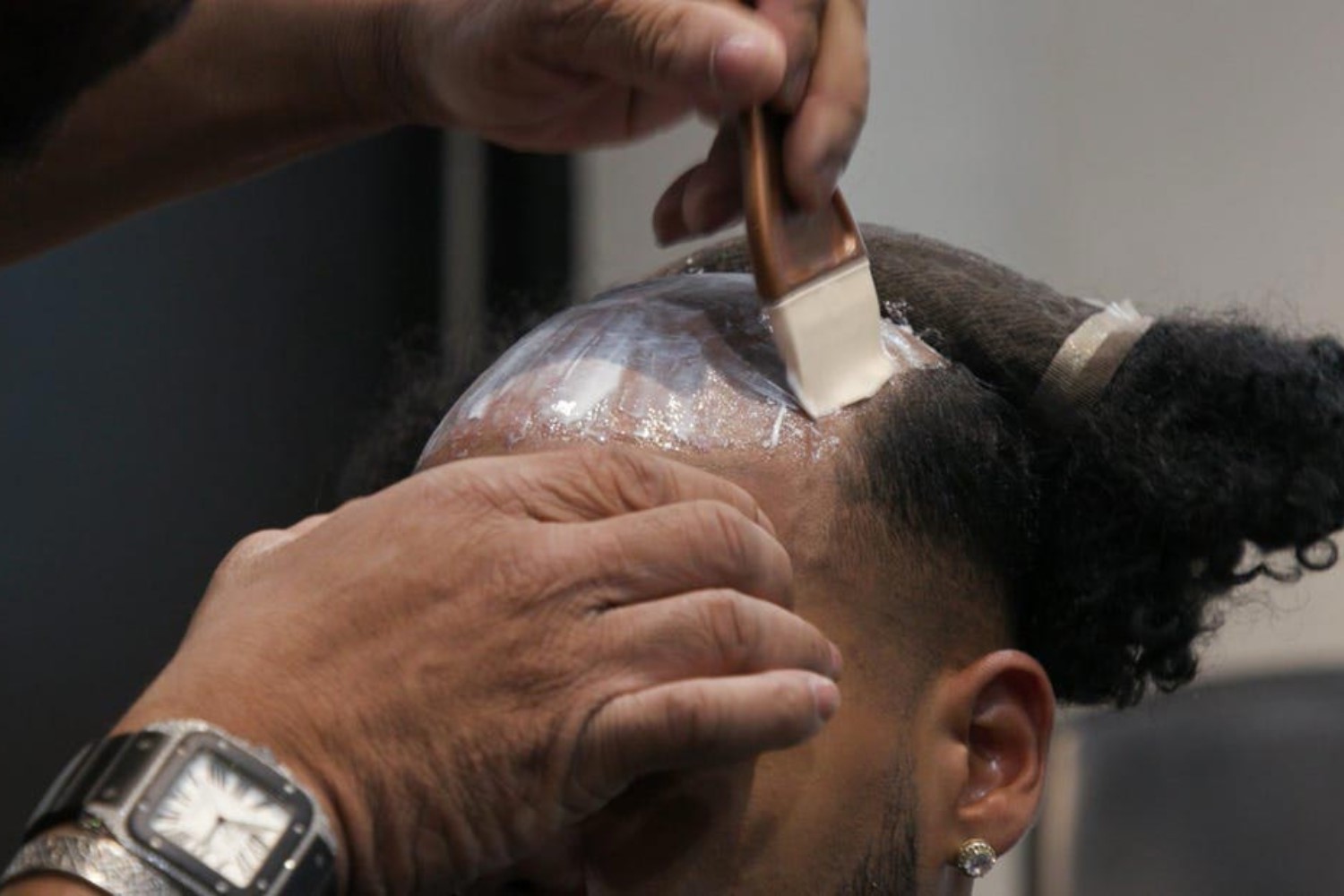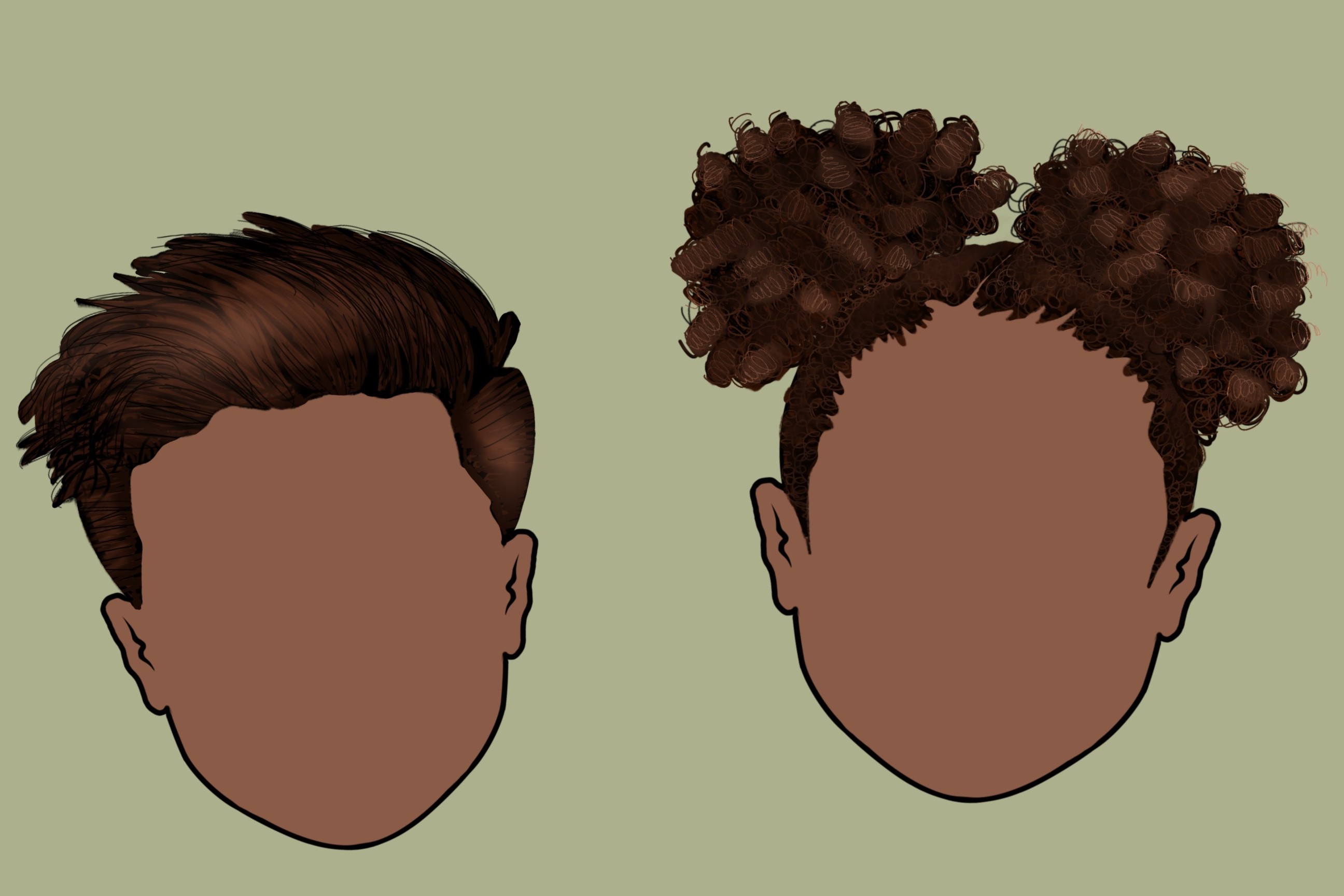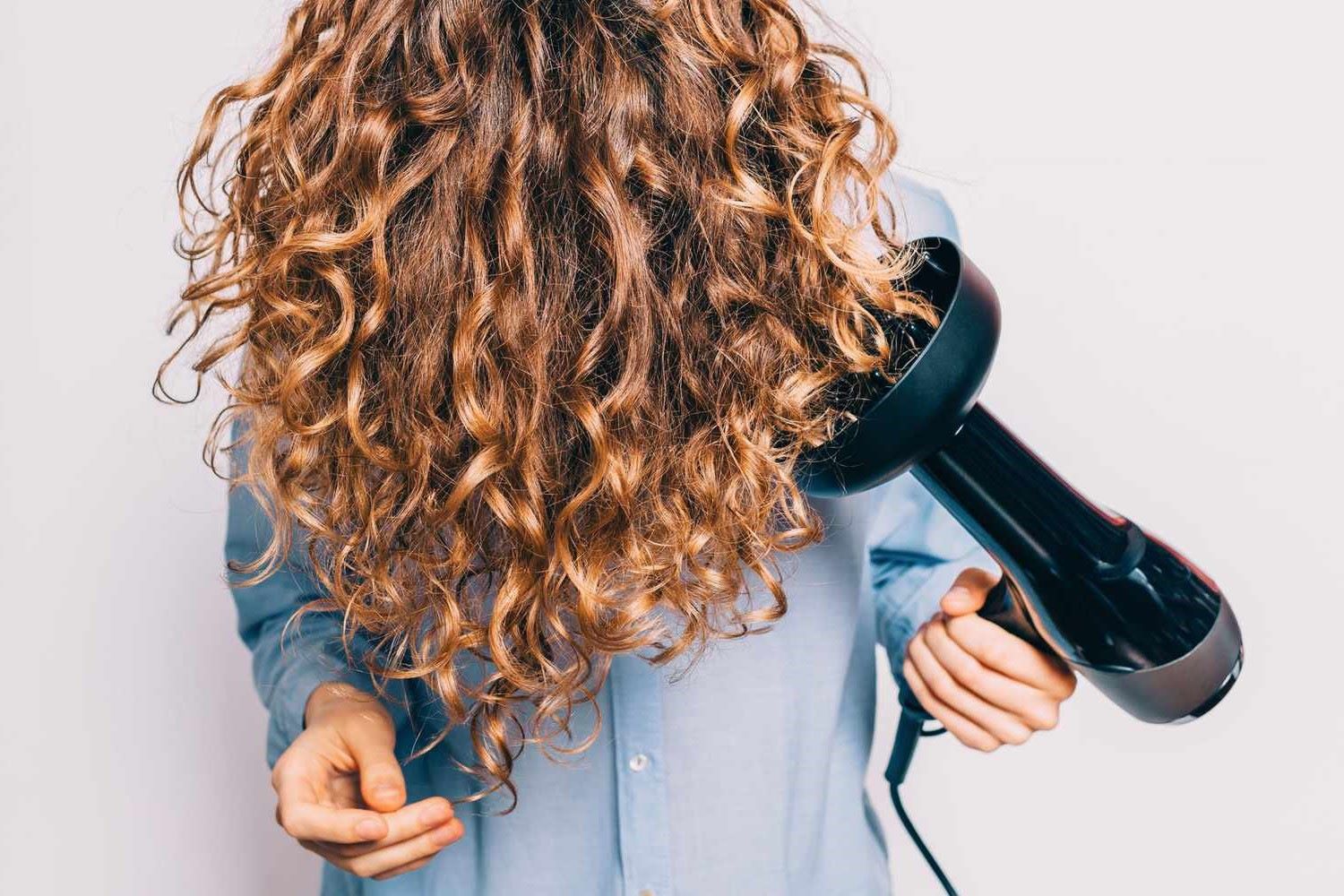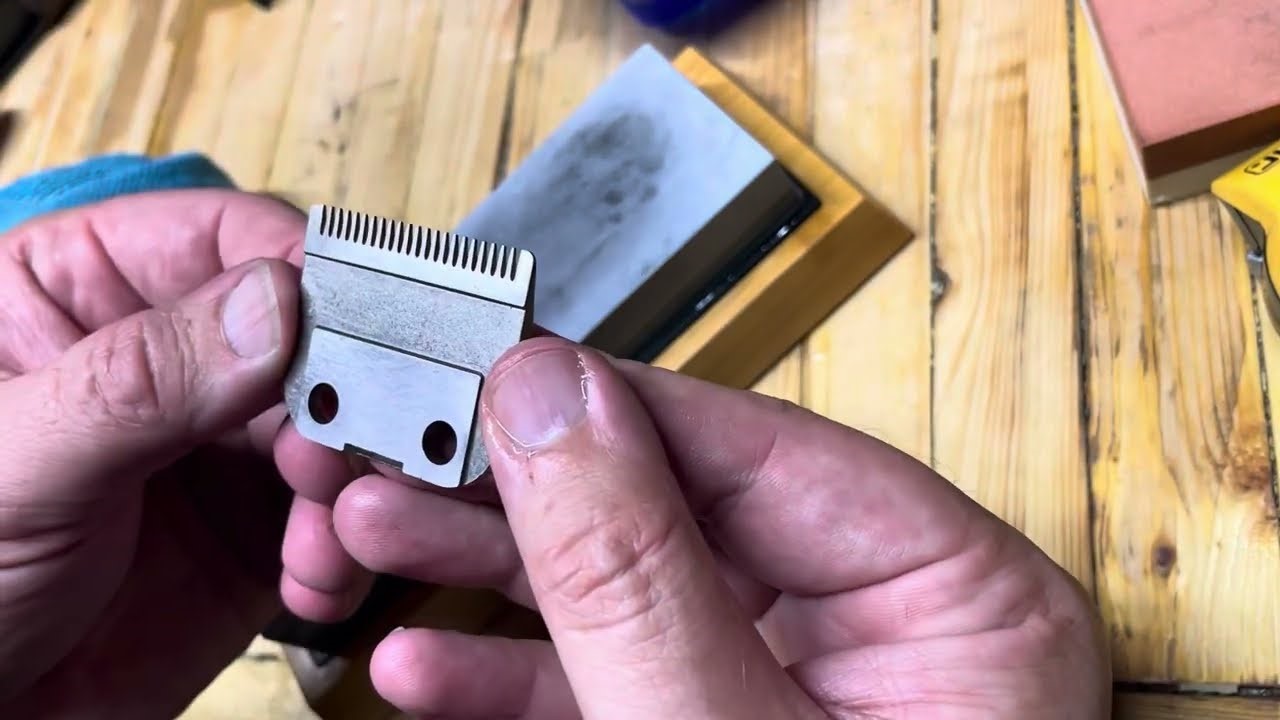

Lifestyle
How To Sharpen Hair Clippers
Published: March 3, 2024
Learn the best techniques for sharpening hair clippers at home and maintain your grooming tools for a longer lifespan. Discover the lifestyle tips for keeping your clippers in top condition.
(Many of the links in this article redirect to a specific reviewed product. Your purchase of these products through affiliate links helps to generate commission for Noodls.com, at no extra cost. Learn more)
Table of Contents
Introduction
Hair clippers are essential tools for maintaining a well-groomed appearance, whether it's for personal use or professional hairstyling. Over time, the blades of hair clippers can become dull, leading to ineffective cutting and potential discomfort during use. Understanding how to sharpen hair clippers is a valuable skill that can prolong the lifespan of these grooming devices and ensure precise and efficient haircuts.
Proper maintenance of hair clippers is crucial for achieving consistent and professional results. Sharpening the blades not only enhances their cutting performance but also minimizes the risk of skin irritation and uneven haircuts. By learning the art of sharpening hair clippers, individuals can save time and money by avoiding frequent visits to the barber or salon for blade replacements.
In this comprehensive guide, we will delve into the intricacies of sharpening hair clippers, covering the different types of clippers, the necessary tools and materials, and a step-by-step process for achieving razor-sharp blades. Additionally, we will explore valuable tips for maintaining the sharpness of the blades, ensuring that your hair clippers remain in optimal condition for an extended period.
Whether you are a professional hairstylist or an individual seeking to maintain a well-groomed appearance from the comfort of your home, mastering the art of sharpening hair clippers is a valuable skill that can elevate your grooming routine. Let's embark on this journey to discover the techniques and insights that will empower you to achieve precision and efficiency in hair clipping, while also prolonging the lifespan of your beloved grooming tool.
Read more: How To Clean Clippers
Understanding the Different Types of Hair Clippers
When it comes to hair clippers, it's essential to understand that they are not a one-size-fits-all tool. Different types of hair clippers are designed to cater to various hair textures, cutting styles, and usage scenarios. By familiarizing yourself with the distinct categories of hair clippers, you can make informed decisions about which type best suits your needs.
1. Manual Hair Clippers
Manual hair clippers, also known as hand-powered clippers, have a traditional design that relies on manual operation. These clippers feature two handles that are squeezed together to move the blades, allowing for precise and controlled cutting. While manual clippers may require more effort to operate compared to electric models, they offer a sense of craftsmanship and are often favored by barbers who appreciate the tactile experience of using hand-powered tools.
2. Electric Hair Clippers
Electric hair clippers are powered by electricity and are equipped with a motor that drives the cutting blades. These clippers are available in corded and cordless variations, providing flexibility in terms of mobility and convenience. Electric clippers are popular for their efficiency and ability to handle various hair lengths and textures, making them suitable for both professional and personal use.
3. Professional Hair Clippers
Professional hair clippers are specifically designed for salon and barber use, featuring robust motors and high-quality blades that can withstand frequent and prolonged usage. These clippers are engineered to deliver precise and consistent cutting performance, making them ideal for professional hairstylists who require reliability and durability in their tools.
Read more: How To Sharpen An Axe
4. Home Hair Clippers
Home hair clippers are tailored for personal grooming needs, offering user-friendly features and a more compact design compared to professional-grade models. These clippers are suitable for individuals who prefer to maintain their hair at home, providing an accessible and cost-effective alternative to frequent salon visits.
5. Pet Clippers
Pet clippers are designed for grooming the fur of dogs, cats, and other pets. These clippers feature specialized blades and attachments that cater to the unique requirements of pet grooming, such as managing different coat lengths and textures. Pet clippers are essential for pet owners who prioritize the well-being and aesthetics of their furry companions.
Understanding the diverse landscape of hair clippers empowers individuals to make informed choices based on their specific grooming needs and preferences. Whether you are a professional hairstylist seeking reliable tools for salon use or an individual looking to maintain a well-groomed appearance at home, the wide array of hair clippers available in the market ensures that there is a suitable option for every user.
Tools and Materials Needed for Sharpening
To embark on the journey of sharpening hair clippers, it is essential to gather the necessary tools and materials that will facilitate the restoration of blade sharpness. The following items are indispensable for achieving optimal results in the sharpening process:
-
Clipper Blade Oil: This specialized lubricant is designed to maintain the performance and longevity of clipper blades. Before sharpening the blades, it is crucial to clean them thoroughly and apply a few drops of clipper blade oil to ensure smooth operation and prevent rusting.
-
Screwdriver: A screwdriver is required to disassemble the hair clippers and access the blades for sharpening. It is important to use the appropriate screwdriver size that matches the screws on the clipper housing to avoid damaging the components.
-
Cleaning Brush: A small cleaning brush or a soft-bristled toothbrush is essential for removing hair clippings, debris, and accumulated dirt from the blades and clipper housing. Thorough cleaning is a vital preparatory step before sharpening the blades.
-
Sharpening Stone or Blade Sharpening Tool: A sharpening stone or a specialized blade sharpening tool is the key instrument for restoring the sharp edge of the clipper blades. The sharpening tool should be suitable for the specific type of blade material to ensure effective sharpening without causing damage.
-
Lint-Free Cloth: A lint-free cloth is used for wiping the blades and removing any residual oil or debris after the sharpening process. It is important to ensure that the blades are clean and free from any contaminants before reassembling the clippers.
-
Safety Gloves: When handling the clipper blades and performing the sharpening process, wearing safety gloves is recommended to protect the hands from accidental cuts or injuries. Additionally, gloves provide a better grip when working with small components.
-
Magnifying Glass or Loupe: A magnifying glass or a jeweler's loupe can be beneficial for inspecting the blade edges and assessing the sharpness after the sharpening process. This tool allows for close examination to ensure that the blades are honed to perfection.
By assembling these essential tools and materials, individuals can prepare themselves for the meticulous task of sharpening hair clippers with precision and care. Each item plays a crucial role in the sharpening process, contributing to the overall effectiveness and safety of the maintenance procedure. With the right tools at hand, achieving razor-sharp blades and revitalizing the cutting performance of hair clippers becomes an attainable goal.
Step-by-Step Guide to Sharpening Hair Clippers
-
Disassemble the Clippers: Begin by carefully disassembling the hair clippers using the appropriate screwdriver. Remove the blades from the clipper housing, taking note of the original positioning and orientation of the components to ensure correct reassembly later.
-
Clean the Blades: Use a cleaning brush or a soft-bristled toothbrush to meticulously remove any hair clippings, dirt, and debris from the blades. Thorough cleaning is essential to prepare the blades for the sharpening process and ensure optimal results.
-
Apply Clipper Blade Oil: Prior to sharpening, apply a few drops of clipper blade oil to the blades. The oil helps to lubricate the metal surfaces, facilitating smoother sharpening and protecting the blades from corrosion.
-
Inspect the Blade Edges: Carefully examine the blade edges under adequate lighting or using a magnifying glass to assess the extent of dullness and identify areas that require sharpening. This step allows for a targeted approach to restoring the sharpness of the blades.
-
Sharpen the Blades: Using a sharpening stone or a specialized blade sharpening tool, gently work on the blade edges in a consistent motion. Maintain a steady angle and apply light pressure to gradually hone the blades to a sharp edge. It is crucial to exercise patience and precision during this process to achieve optimal results.
-
Test the Sharpness: After sharpening, carefully feel the blade edges with your fingertips to gauge the sharpness. Alternatively, you can perform a test cut on a small section of hair to assess the cutting performance. If the blades are not yet sufficiently sharp, repeat the sharpening process as needed.
-
Clean and Dry the Blades: Once the blades are sharpened to satisfaction, use a lint-free cloth to wipe off any excess oil and debris. Ensure that the blades are clean and dry before proceeding to the next step.
-
Reassemble the Clippers: With the sharpened blades ready, carefully reassemble the hair clippers, ensuring that all components are correctly positioned and securely fastened. Take care to align the blades properly to maintain their cutting precision.
-
Apply Additional Clipper Blade Oil: After reassembly, apply a final few drops of clipper blade oil to the blades to provide long-lasting lubrication and protect the newly sharpened edges.
-
Test the Clippers: Turn on the clippers and test their cutting performance on a small section of hair. Observe the smoothness and efficiency of the cutting action, ensuring that the blades deliver the desired sharpness and precision.
By following this step-by-step guide, individuals can effectively sharpen their hair clippers, revitalizing the cutting performance and prolonging the lifespan of these essential grooming tools. With attention to detail and a methodical approach, achieving razor-sharp blades becomes an attainable feat, empowering users to maintain professional-quality grooming results at home or in a salon setting.
Read more: How To Sharpen Hedge Trimmers
Tips for Maintaining Sharpness
Maintaining the sharpness of hair clipper blades is essential for ensuring consistent cutting performance and prolonging the lifespan of the clippers. By incorporating the following tips into your grooming routine, you can preserve the sharpness of the blades and optimize the functionality of your hair clippers:
-
Regular Cleaning and Lubrication: After each use, it is crucial to clean the clipper blades thoroughly to remove hair clippings, dirt, and debris. Use a cleaning brush or a small, soft-bristled toothbrush to dislodge any particles that may affect the cutting performance. Once the blades are clean, apply a few drops of clipper blade oil to ensure proper lubrication, preventing friction and minimizing wear on the cutting edges.
-
Blade Adjustment and Alignment: Periodically check the alignment and tension of the clipper blades to maintain optimal cutting precision. If the blades become misaligned or loose, it can lead to uneven cutting and accelerated dullness. Use the manufacturer's guidelines to adjust and align the blades correctly, ensuring that they maintain the desired cutting position.
-
Avoiding Hair Contamination: When using the clippers, be mindful of avoiding contact with excessive hair products, such as gels, waxes, or oils, as these substances can accumulate on the blades and diminish their sharpness. Additionally, ensure that the hair being cut is clean and free from excessive product buildup, as this can impact the cutting efficiency and contribute to blade dullness.
-
Routine Blade Inspection: Regularly inspect the clipper blades for any signs of wear, corrosion, or damage. Look for nicks, chips, or uneven edges that may indicate the need for blade maintenance or replacement. By identifying potential issues early, you can address them promptly and prevent further deterioration of the blade sharpness.
-
Professional Maintenance: For professional-grade clippers used in salon or barber settings, consider scheduling routine maintenance and blade sharpening services with qualified professionals. Professional maintenance ensures that the blades are sharpened to industry standards and that any underlying issues with the clippers are addressed by experienced technicians.
-
Proper Storage: When not in use, store the hair clippers in a clean and dry environment to prevent exposure to moisture and contaminants. Utilize the provided clipper storage case or a designated storage container to protect the blades from damage and maintain their sharpness between uses.
By integrating these tips into your hair clipper maintenance regimen, you can uphold the sharpness of the blades, optimize cutting performance, and extend the longevity of your grooming tool. Consistent care and attention to the condition of the blades contribute to a seamless and efficient hair clipping experience, whether for personal grooming or professional hairstyling purposes.
Conclusion
In conclusion, mastering the art of sharpening hair clippers is a valuable skill that empowers individuals to maintain precision, efficiency, and longevity in their grooming tools. By understanding the diverse landscape of hair clippers and the nuances of their maintenance, users can elevate their grooming experience and achieve professional-quality results from the comfort of their homes or in salon settings.
The process of sharpening hair clippers involves a meticulous approach, beginning with the disassembly of the clippers to access the blades. Thorough cleaning, application of clipper blade oil, and careful inspection of the blade edges set the stage for the sharpening process. Using the appropriate tools, such as a sharpening stone or specialized blade sharpening tool, individuals can gradually hone the blades to a razor-sharp edge, ensuring optimal cutting performance.
Furthermore, the maintenance of sharpness extends beyond the sharpening process, encompassing regular cleaning, lubrication, and blade alignment. By integrating these practices into the grooming routine, users can preserve the sharpness of the blades and optimize the functionality of their hair clippers over time.
Whether it's for personal grooming or professional hairstyling, the ability to sharpen hair clippers empowers individuals to achieve consistent and precise haircuts while minimizing the need for frequent blade replacements. This not only saves time and money but also ensures that the grooming tools remain in optimal condition, delivering reliable performance with each use.
In essence, the journey of sharpening hair clippers is a testament to the dedication and care invested in maintaining essential grooming tools. By embracing the techniques and insights shared in this guide, individuals can embark on a fulfilling and rewarding experience, where the art of sharpening hair clippers becomes a cornerstone of their grooming routine, enabling them to achieve impeccable results with confidence and proficiency.
